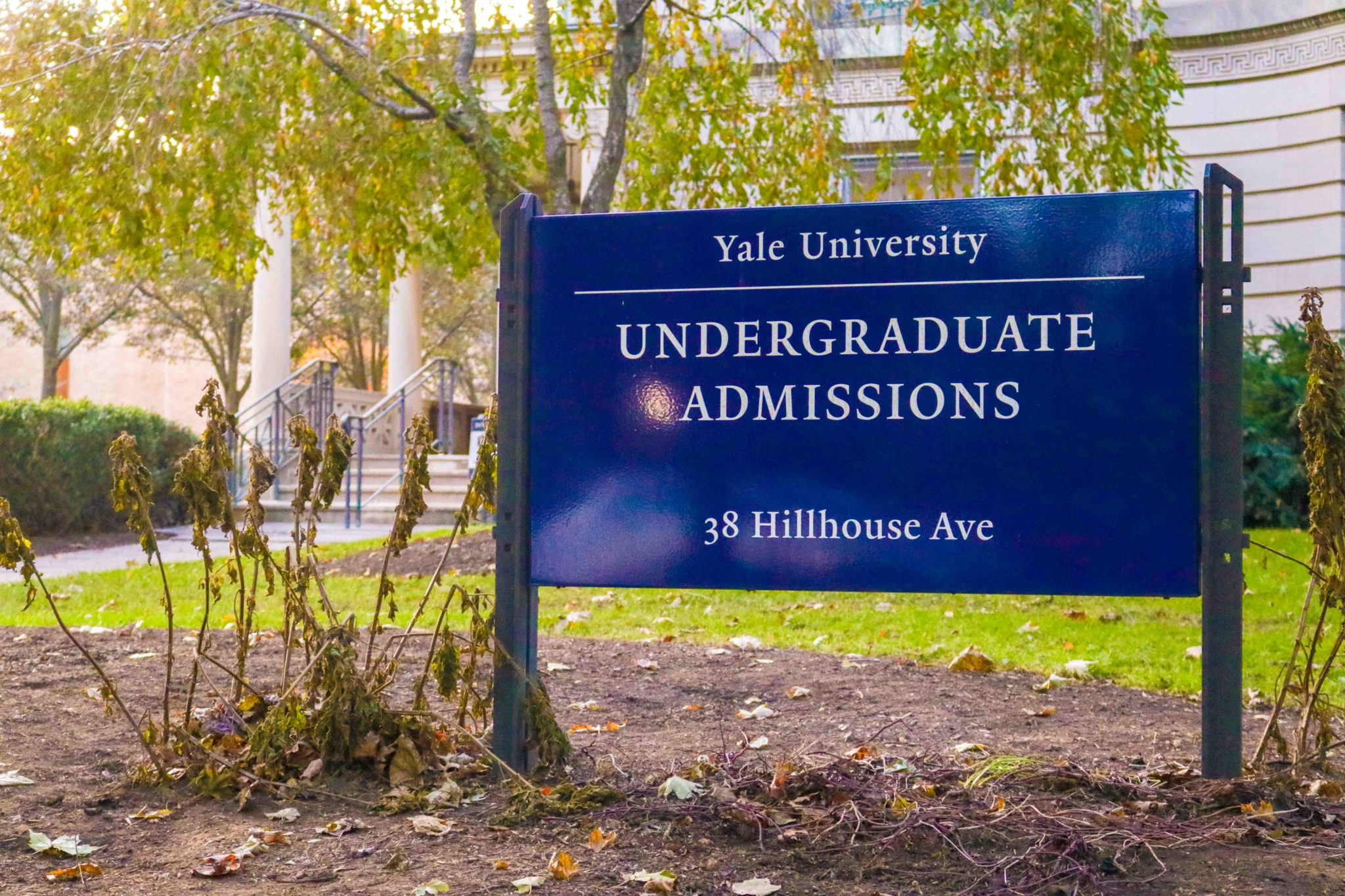
yaledailynews
The school year kicked off on Monday, and with it a cohort of 1,267 first-year students started their journey at Yale — a class 21 percent smaller than its original size.
In previous years, around 3 percent on average of incoming first-year students elected to postpone their first semester at Yale. Last year, 51 first-year students originally accepted into the class of 2023 postponed their matriculation. This year, 341 students previously accepted into the class of 2024 elected to take gap years.
Despite the nearly sevenfold increase in students taking gap years, Director of Outreach and Communications Mark Dunn said that “the admissions office has no plans to reduce the number of admissions offers in the coming year, despite the larger group of postponing students who will join the class of 2025 next fall.”
When asked how the University could handle a potentially larger class size for the class of 2025, Dean of Undergraduate Admissions and Financial Aid Jeremiah Quinlan said, “I think that’s something we have to worry about a little bit later down the line. I think right now we are preparing to have a larger first-year class next year.”
Their college experience begins as the University grapples with the novel challenges of online learning and campus social distancing. The majority of the first-year students who have decided to enroll have moved into their residential colleges on campus and will receive the bulk of their instruction online.
“[The resilience of students who elected to enroll] in the face of disappointment at not being able to visit campus in person and their creativity in finding new ways to connect with each other make them well-equipped to make the most of their Yale education with this year’s unprecedented changes to campus life,” said Associate Director of Admissions Hannah Mendlowitz.
The class of 2024 is Yale’s most diverse class ever, with 55 percent of enrolled first-year students identifying themselves as a member of a minority group — up from the class of 2023’s record of 51 percent. In addition, 19 percent of enrolled first-year students identify as the first person in their family to attend college.
This also marks the third year in a row that more than 20 percent of the incoming class qualifies for a federal Pell Grant — subsidies the federal government provides to students with high financial need. Additionally, 59 percent of the newly enrolled students have received a Yale need-based financial aid award. Only 8 percent of the students have a legacy affiliation, compared to 12 percent for the class of 2023.
With the transition to online classes and remote learning, financial aid offers have also been adjusted. Students who enroll remotely are not charged for room and board, and the student share portion of their financial aid award is waived for the term they elect to enroll remotely.
In addition, first-year students and sophomores who enroll for both the fall 2020 and spring 2021 terms with at least one term of remote enrollment will receive tuition credits to take two Yale Summer Session courses for free in any summer up to their senior year.
Geographically, the newly enrolled 1,267 students represent all 50 states as well as 53 countries. Of the students from the United States, the Northeast and West make up the largest percentage of students’ home regions, with 29 percent and 17 percent respectively.
Postponing students are not included in the released figures.
Yale offered a spot in the class of 2024 to a total of 2,304 applicants during the 2019–20 application cycle.
Kelly Wei | kelly.wei@yale.edu







